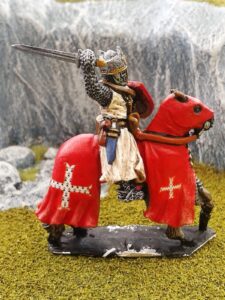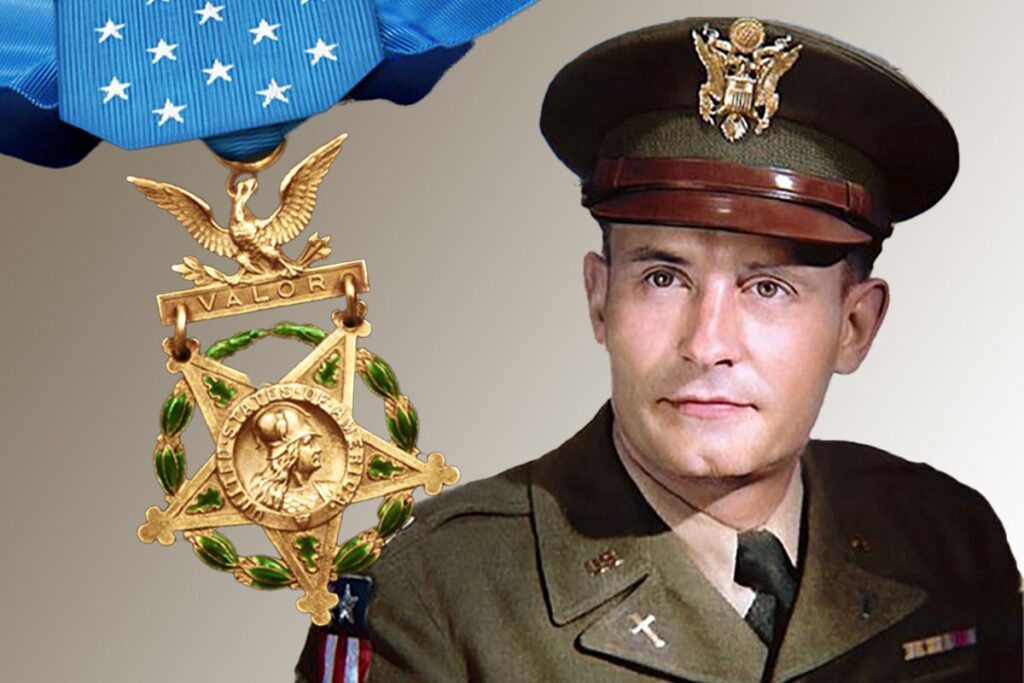As a chess teacher, I often find myself in front of curious young minds, eager to grasp the symbolism behind the game’s iconic pieces. Inevitably, the questions arise: “Why does the king wear a crown?” “What does the knight’s helmet mean?” And perhaps most intriguingly, “Why is the bishop shaped like that?” They notice the distinctive miter atop the bishop, resembling the headdress worn by clergy, and wonder why this particular piece, which moves diagonally across the board, is associated with religious figures.
These questions invite deeper reflection, moving beyond the surface of the game and into the realm of metaphor. While explaining that the bishop’s miter represents its namesake in the church, I began to see parallels between the piece’s role on the chessboard and the real-life duties of those who don the vestments of a chaplain, particularly in the U.S. Army. Just as the bishop moves fluidly and purposefully across the board, so too do army chaplains navigate the complexities of war, offering guidance, solace, and courage to those on the frontlines.
It was through these reflections that I found myself drawing connections between the quiet, yet powerful, influence of the chess bishop and the real stories of military chaplains who have served with extraordinary bravery. These chaplains, much like the chess bishops, have played crucial roles in the lives of soldiers, making moves that may not always be noticed at first, but which ultimately shape the outcome of battles and lives. What follows are stories of such chaplains, whose actions in the midst of war exemplify the strategic and compassionate essence of the chess bishop
In the strategic game of chess, the bishop is a piece that moves diagonally, cutting across the board with purpose, fluidity, and often an unexpected presence. It represents foresight and guidance, quietly navigating the complexities of the game. The military chaplain, particularly in the U.S. Army, embodies the essence of this chess piece, serving as a moral compass and a source of solace in the chaotic theater of war.
A chess bishop, though not the most powerful piece, can influence the board in ways that are subtle yet profound, much like the chaplain on the battlefield. While not engaged directly in combat, chaplains play a crucial role that can shift the morale and mental fortitude of troops, guiding them through the most difficult moments of their lives.

Historically, chaplains have demonstrated remarkable courage, stepping into the line of fire to tend to the wounded, comfort the dying, and inspire the living. These acts of bravery are not unlike the strategic moves of a chess bishop, who sees opportunities and threats that others might overlook.
Consider Chaplain Emil Kapaun, a U.S. Army chaplain during the Korean War. Kapaun’s actions during the Battle of Unsan in 1950 exemplify the diagonal movement of a bishop, crossing into territory fraught with danger to save lives. As enemy’s forces overwhelmed American positions, Kapaun moved between the frontlines, ministering to soldiers, carrying the wounded to safety, and even risking his life to negotiate with enemy forces for the care of his men. His bravery and selflessness in the face of certain death earned him the Medal of Honor, awarded posthumously. Kapaun’s movement across the battlefield, tending to both body and soul, mirrors the bishop’s traversal of the chessboard—cutting through obstacles to protect and support.

Another example is Chaplain Francis Sampson during World War II. Known as the “Parachute Padre,” Sampson parachuted into Normandy with the 101st Airborne Division on D-Day. Despite the chaos and peril around him, Sampson navigated through the enemy’s lines, tending to the wounded and offering last rites to the dying. Later, during the Battle of the Bulge, he was captured by German forces. Even as a prisoner of war, Sampson continued to minister to fellow captives, providing them with hope and spiritual strength. His role was one of quiet, persistent influence—much like the bishop’s, who can sway the outcome of a game through careful, strategic positioning.

Chaplains, like chess bishops, often operate in spaces that others might not see as vital until it’s too late. Their ability to move diagonally—across divisions of faith, across lines of fear, and across the boundaries of life and death—makes them invaluable on the battlefield. They remind us that in war, as in chess, not all power is derived from force; sometimes, the most potent influence comes from guidance, wisdom, and the strength to uplift others in their darkest moments.
About the Author

Vladimir Lionter is an American journalist, educator, and dedicated member of the Marshall Chess Club in New York City. Member of the American Association of Teachers of Slavic and East European Languages (AATSEEL). With a strong academic background, including a master’s degree in Education, Vladimir has made significant contributions to poetry, prose, and journalism. He blends his experiences into his writing. Beyond the literary world, Vladimir is passionate about chess, participating in tournaments and teaching the game to beginners, inspiring the next generation of players.












